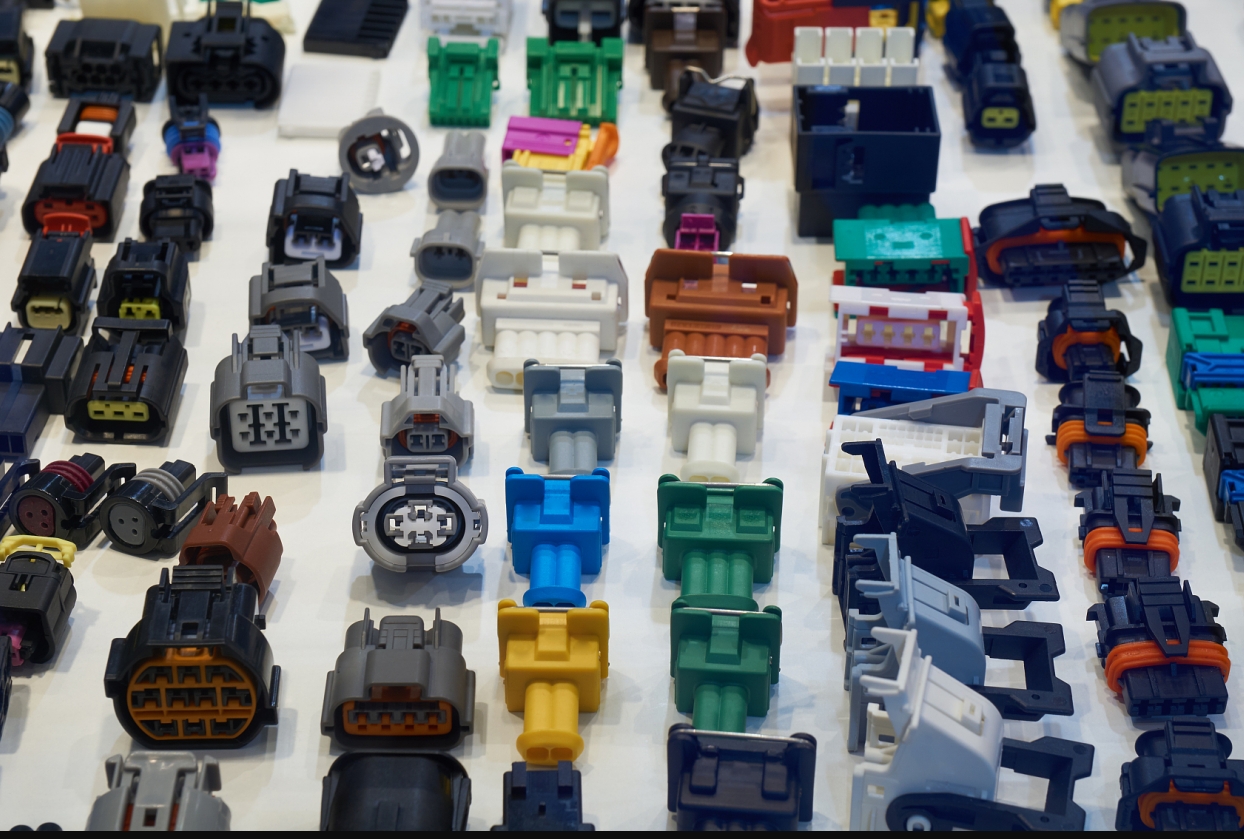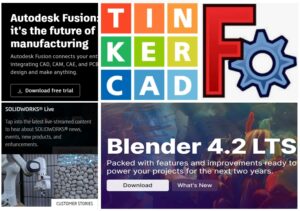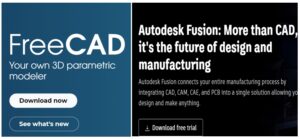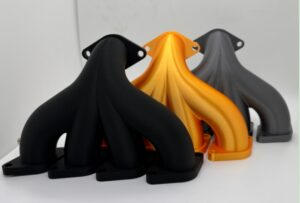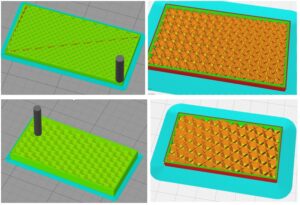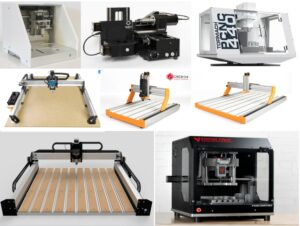Two-Shot Molding vs. Overmolding: Understanding the Differences
Introduction:
Injection molding is a widely used manufacturing process that allows for the production of complex and precise plastic parts. Two variations of injection molding, two-shot molding and overmolding, offer unique capabilities and advantages. In this blog post, we will explore the differences between two-shot molding and overmolding, helping you understand when and how each technique is used in the manufacturing industry.
Two-Shot Molding:
Two-shot molding, also known as two-component molding or 2K molding, is a process that involves injecting two different materials into a single mold to produce a finished part. The two materials are typically different types of plastics or a combination of plastic and a different material, such as rubber or metal. Key points about two-shot molding include:
- Sequential Injection: Two-shot molding involves injecting the first material into the mold cavity, followed by a second material over or around the first. This sequential process allows for the creation of complex parts with multiple colors, textures, or functional characteristics.
- Bonded Layers: The two materials bond together during the molding process, creating a strong and durable final part. The bonding occurs at the molecular level, ensuring excellent adhesion between the different materials.
- Enhanced Design Options: Two-shot molding enables the integration of multiple functionalities into a single part. For example, soft-touch grips, seals, or ergonomic features can be incorporated into a rigid plastic component in a single molding operation.
Overmolding:
Overmolding, also referred to as insert molding, is a process in which a second material is molded over a preformed substrate or insert. The substrate can be made of various materials, such as metal, plastic, or even another molded part. Key points about overmolding include:
- Single Injection Cycle: Unlike two-shot molding, overmolding is completed in a single injection cycle. The base substrate is placed in the mold, and the second material is injected around or over it, creating a unified part.
- Improved Functionality and Aesthetics: Overmolding allows for the addition of functional or decorative features to enhance the performance or appearance of the base substrate. This can include adding soft grips, shock absorption, or branding elements.
- Enhanced Durability and Protection: The second material in overmolding provides additional protection and durability to the base substrate. It can help prevent wear, reduce vibration, enhance sealing, or improve thermal insulation.
Differences between Two-Shot Molding and Overmolding:
While both two-shot molding and overmolding involve the use of multiple materials, there are some key differences:
- Process Complexity: Two-shot molding requires a sequential injection process, making it more complex and requiring specialized molding equipment. Overmolding, on the other hand, is a single-step process that can be performed using standard injection molding machines.
- Material Combination: Two-shot molding allows for the combination of two different materials in a single part, whereas overmolding involves adding a second material over a preformed substrate.
- Design Flexibility: Two-shot molding offers more design flexibility in terms of creating complex multi-material parts with various colors, textures, or functional characteristics. Overmolding is more focused on enhancing the functionality or aesthetics of a base substrate.
Conclusion:
Two-shot molding and overmolding are both valuable techniques in injection molding, offering opportunities to create complex, multi-material parts with enhanced functionality and aesthetics. Two-shot molding enables the bonding of two different materials during a sequential injection process, while overmolding involves adding a second material over a preformed substrate. Understanding the differences between these techniques will help manufacturers choose the most suitable approach for their specific applications, taking into account design requirements, material combinations, and process complexity. By leveraging the capabilities of two-shot molding and overmolding, manufacturers can achieve innovative solutions and differentiate their products in today’s competitive market.

